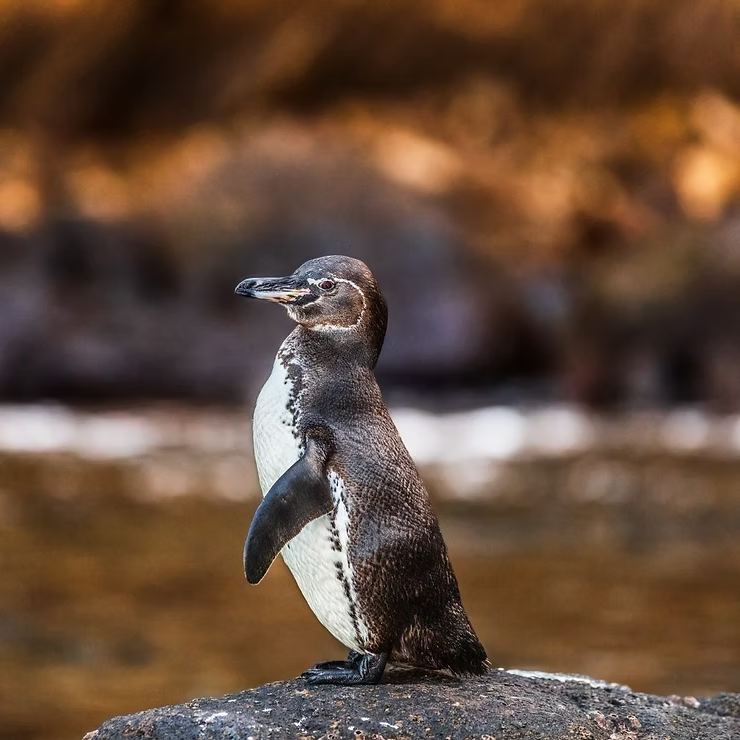Protecting Our Oceans: Conservation Efforts for Endangered Marine Species
The oceans are home to extraordinary biodiversity, yet human activity threatens this delicate balance. From climate change to habitat destruction, the challenges are immense—but so are the opportunities for change. Conservation efforts focus on habitat protection, combating invasive species, safeguarding endangered wildlife, and promoting sustainable practices to secure the health of our seas for future generations.
Diving into Habitat Conservation
Aquaculture and Its Role
Aquaculture provides sustainable food sources while easing pressure on wild populations. When managed responsibly, it:
- Creates controlled environments for breeding and restoration
- Helps repopulate endangered species
- Reduces overfishing stress on natural habitats
However, poorly managed aquaculture risks pollution and invasive species escapes, making careful regulation essential.
Building Artificial Reefs
Artificial reefs mimic natural structures, offering habitats for fish and coral growth. Their benefits include:
- Rehabilitating damaged ecosystems
- Supporting research opportunities
- Boosting ecotourism and local fishing economies
Monitoring remains critical to ensure these reefs integrate with natural systems without unintended harm.
Coral Restoration Efforts
Coral reefs, vital to biodiversity, face dire threats. Restoration projects cultivate coral fragments in nurseries before reintroducing them to the wild. Success depends not only on planting new corals but also on reducing stressors like pollution and climate change.
The Impact of Ocean Mining
Deep-sea mining for minerals poses severe risks to marine ecosystems, disrupting fragile habitats and releasing harmful sediment plumes. Conservationists call for strict impact assessments, sustainable practices, and no-mining zones to protect undiscovered biodiversity.
The Battle Against Invasive Species
Identifying the Invaders
Invasive species outcompete native organisms, altering ecosystems. Detecting them requires monitoring unusual ecological shifts and community reports.
Strategies for Control and Eradication
- Mechanical removal through netting or trapping
- Targeted chemical treatments, applied cautiously
- Biological control using natural predators
Prevention and community vigilance remain the strongest defenses.
Success Stories
Examples such as seagrass meadow recovery after fish farm relocation and the return of sea turtles show that ecosystems can rebound when human pressure eases.
Safeguarding Threatened Marine Life
Understanding the Risks
- Loss of breeding grounds due to coastal development
- Entanglement in fishing gear
- Ocean acidification from rising CO2
Protecting even small organisms like krill is critical for the entire food web.
Conservation Successes
From whale population recoveries after whaling bans to community-driven cleanups, progress shows the power of policy, science, and public action combined.
The Role of Sanctuaries and Reserves
Marine sanctuaries provide safe havens where endangered species recover. They also serve as research hubs and education centers, inspiring wider conservation efforts.
Marine Protected Areas (MPAs)
Benefits of MPAs
MPAs safeguard habitats, replenish fish stocks, and support ecotourism while acting as natural laboratories for science.
Challenges in Management
Key difficulties include enforcement, funding, and balancing human needs with ecological protection. Integrating MPAs into larger marine management plans is essential.
Promoting Sustainable Practices
Sustainable Ecotourism
Responsible tourism reduces environmental impact while generating funds for conservation. Choosing eco-friendly dive operators and supporting local initiatives can transform tourism into protection.
Everyday Actions
- Reduce plastic use
- Choose sustainable seafood
- Participate in cleanups
- Support conservation campaigns
Conclusion
The fight to protect endangered marine species requires collective action. From personal choices to global treaties, every effort contributes to sustaining ocean biodiversity. With science, community involvement, and international cooperation, we can safeguard our oceans and ensure their wonders endure for future generations.
Frequently Asked Questions
What can individuals do to help protect the ocean?
Reduce plastic waste, support sustainable seafood, join cleanups, and advocate for marine-friendly policies.
What are artificial reefs?
Man-made structures that provide habitats, restore biodiversity, and promote coral growth in damaged areas.
Can coral reefs be restored?
Yes, through coral gardening, transplantation, and reducing stressors like pollution and overfishing.
What role do MPAs play?
They provide safe zones for species to recover, protect habitats, and enhance biodiversity resilience.
How does sustainable ecotourism help?
It raises awareness, funds conservation, and supports local communities while minimizing harm to ecosystems.

